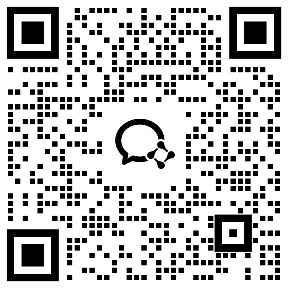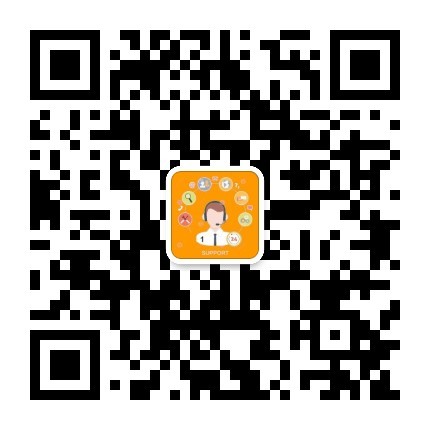Period
Ⅰ Teaching Content
Unit 6 How long have you been collecting shells?
Ⅱ Teaching Goals
1. Learn and master some new words.
2. Improve the student speaking ability and listening ability.
3. Master the main sentence patterns.
4. Talk about how long you have been doing things.
Ⅲ Teaching Important and Difficult Points
1. Key vocabulary
Collect, shell, marathon, skate
2. Target language:
How long have you been skating?
I have been skating for five hours.
How long did you skate?
I skated for two hours.
Ⅳ Teaching Methods
1. Communicative Approach
2. Pairwork or Groupwork
3. Listening Method
Ⅴ Teaching Aids
A tape recorder
Word cards
Ⅵ Teaching Procedures
Step 1 Greetings
1. Greet the whole class as usual.
a. What is the date today?
b. What day is it today?
c. What the weather like today?
2. Duty report.
Step 2 Lead-in
1. Draw a long horizontal line across the board. Say, This is called a time line. It shows the years from 19-to the present. Let’s put some information about ourselves on the time line.
T: Maria, when did you start studying English?
S1:2003.
T: Maria started studying English in 2003. (Write the words Maria started English above the date 2003 on the time line.)
In this unit we’re going to talk about how long we’ve been doing things. Maria, how long have you been studying English?(Point to the date 2003 on the time line.)
S1:2003.
T: (look at the class.) Correct. Maria has been studying English since 2003. (Point to the starting date and run your finger along the years up to the present year.)Class repeat. Maria has been studying English since 2003.
SS: Maria has been studying English since 2003.
2. Repeat the activity using different dates for several other students. Use a different situation, such as When did you start to ride a bicycle? Or When did you start to babysit? if these questions are more appropriate. Each time you ask the class to repeat a sentence, point to the starting date and run your finger along the years up to the present year.
Step 3 1a
1. Read the instructions to the class.
2. Write the words at and for on the board.
3. Help the students form groups of three or four students. Point to the three questions. Read the questions to the class. Say, Now ask and answer these questions in your groups. Point to the words at and for on the board. Say, Use at in sentences like this: I started class at 10:00.Use for in sentences like this: I slept for ten hours.
4. As students work in groups, move around the room checking progress.
5. Ask the class each question and call on several different students to answer.
Step 4 1b
1. Point the picture. Ask different students to look at each picture and tell what is happening.
2. Read the instructions and point to the names in the chart. Say, You will write sentences about these people.
3. Ask another student to read the sample answers.
4. Play the recording the first time. Students only listen.
5. Play the second time.
6. Correct the answers.
Step5 1c
1. Read the instructions. Point out the picture in activity 1a.
2. Ask two students to read the example in sample dialogue in activity 1c.]
3. Ask one or two pairs of students to say their conversations to the class.
Step 6 Summary and Homework
Today we’ve learned some key vocabulary and structures. Continue to make conversations with your partner after class. Next time I’ll ask some pairs to read your conversations to the class again.
Ⅶ Blackboard design
Unit 6 How long have you been collecting shells?
A:How long has Alison been skating?
B:She’s been skating for five hours.
A:How long did Sam skate?
B:He skated for four hours.
Ⅷ Feedback







